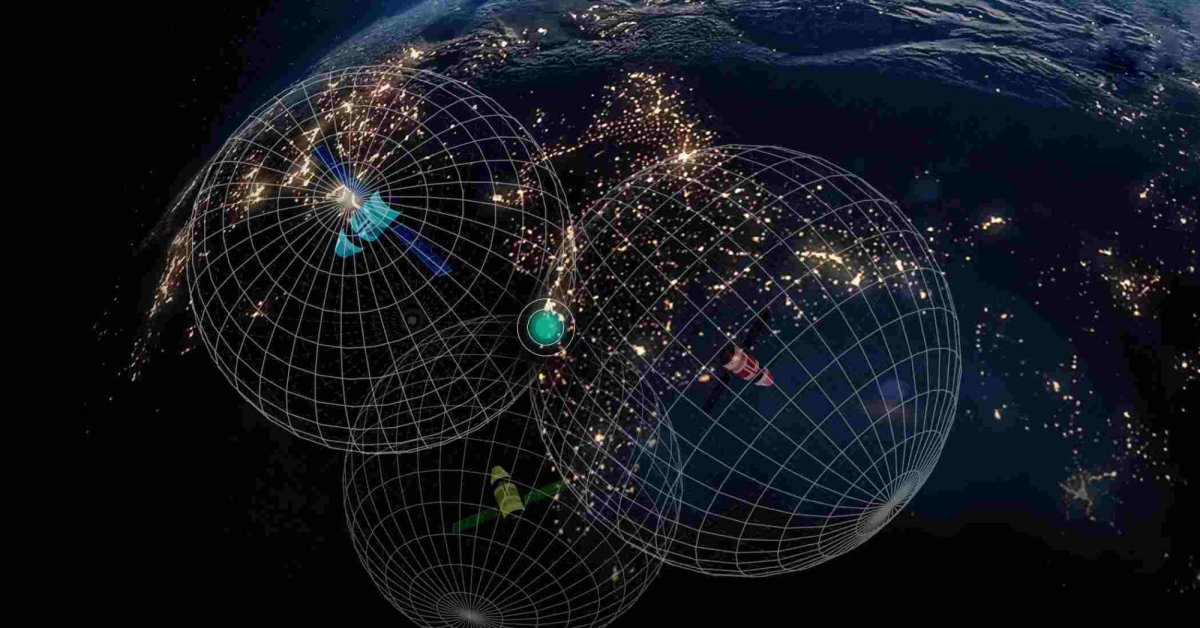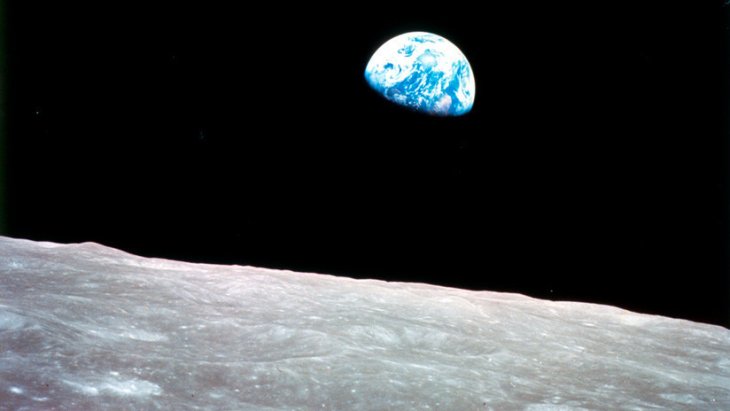NASA Is Reportedly Planning to Bring GPS Service to the Moon
Viswamitra Jayavant - Jul 15, 2019

Though GPS has been inseparable on Earth, for space exploration GPS is still an untapped resource. NASA is about to change that by bringing GPS to the Moon.
- How to Fake GPS Location on iPhone or Android
- Russia Will Build A Lunar Space Station With China Because It's Done With NASA
- NASA Reveals 20 Most Stunning Earth Images Taken From The ISS
GPS has become so integral a part in our lives most of us probably cannot imagine our daily lives without it. But plotting a 300 miles drive from St. Louis to Chicago is far more different from plotting a course for an autonomous lunar rover trying to get from Mare Serenitatis to Mare Tranquilitatis. But now, if NASA succeeds, drawing a path on the Moon won't be any more difficult than using SatNav on Earth.

Location Service In Space
It is not easy estimating your position on a different celestial body. Fortunate enough, stars’ position is static. So with specialized equipment like star trackers, sun trackers, and accelerometers, as well as taking into account some unique landmarks in the surrounding, a rover can triangulate its position pretty accurately. But that’s too complicated, though, we didn’t have to go through all that on Earth: Just tap a button on a GPS receiver and you’d have your location accurate to a few meters.
Instead of using actual stars as a guide, we created our own constellation of fixed, artificial stars in the form of GPS satellites in geosynchronous orbit. These satellites constantly emit unique signals that can be caught up by a receiver, sampled individually, and automatically locate the relative position of the user on Earth based on these signals.
Needless to say, researchers would love to have this capability on the Moon. But the distance - a whopping quarter of a million miles - can make thing pretty difficult for a system that requires accurate timing down to the nano-seconds and signal measurement. However, tech-wise, there is nothing that’s stopping us from doing that. We have all of the technical knowledge and resources needed to set up a fully functional Moon-based GPS system. In fact, back in 2015, NASA has done a similar project with the Magnetospheric Multi-scale Mission (MMS) that covered roughly half of the quarter million miles distance before.
Commenting on the matter, Luke Winternitz - the system architect of the MMS program - shared that NASA has been trying to push high-altitude GPS tech for years. And the next step is to bring the system to the Moon.
The Complications

But if you bring a commercial grade or your phone to the Moon and try to get a GPS signal, it won’t work of course. Earth-based GPS devices are calibrated to receive only GPS signals from known orbiting satellites overhead within a certain range of distance in-between. By calculating the time it takes for the GPS signals to arrive from three to more satellites, the receiver and the satellites can work together to pinpoint you on a map through a process called trilateration.
Since timing is so important, every mili-seconds missing can affect the accuracy. From orbit, the satellites only need a fraction of a second to reach the ground. Meanwhile, from the Moon, it takes a whole second and a half. There will have to be receivers specifically tuned to work on the Moon for the system to work.
NavCube And the Future
That’s been the aim of a research team at NASA’s Goddard Space Flight Centre: A new navigation computer that utilises a high-gain antenna, an atomic clock for precise timing, a couple of improvements learned from earlier NavCube GPS missions and improved version of Earth-based GPS receivers.
The primary goal is to take advantage of the available GPS constellation surrounding Earth to navigate instead of having to use specialised measurement systems. This can drastically cut back bandwidth and power usage, freeing up the systems on the rover for more scientific tasks or high-priority transmissions.
The team hopes to complete the development of the project by the end of the year and implements it on a future lunar mission. However, with renewed interests of returning to the Moon recently, it seems like there would be no shortage of missions from here on out.
Featured Stories

Features - Jul 01, 2025
What Are The Fastest Passenger Vehicles Ever Created?

Features - Jun 25, 2025
Japan Hydrogen Breakthrough: Scientists Crack the Clean Energy Code with...

ICT News - Jun 25, 2025
AI Intimidation Tactics: CEOs Turn Flawed Technology Into Employee Fear Machine

Review - Jun 25, 2025
Windows 11 Problems: Is Microsoft's "Best" OS Actually Getting Worse?

Features - Jun 22, 2025
Telegram Founder Pavel Durov Plans to Split $14 Billion Fortune Among 106 Children

ICT News - Jun 22, 2025
Neuralink Telepathy Chip Enables Quadriplegic Rob Greiner to Control Games with...

Features - Jun 21, 2025
This Over $100 Bottle Has Nothing But Fresh Air Inside

Features - Jun 18, 2025
Best Mobile VPN Apps for Gaming 2025: Complete Guide

Features - Jun 18, 2025
A Math Formula Tells Us How Long Everything Will Live

Features - Jun 16, 2025
Comments
Sort by Newest | Popular